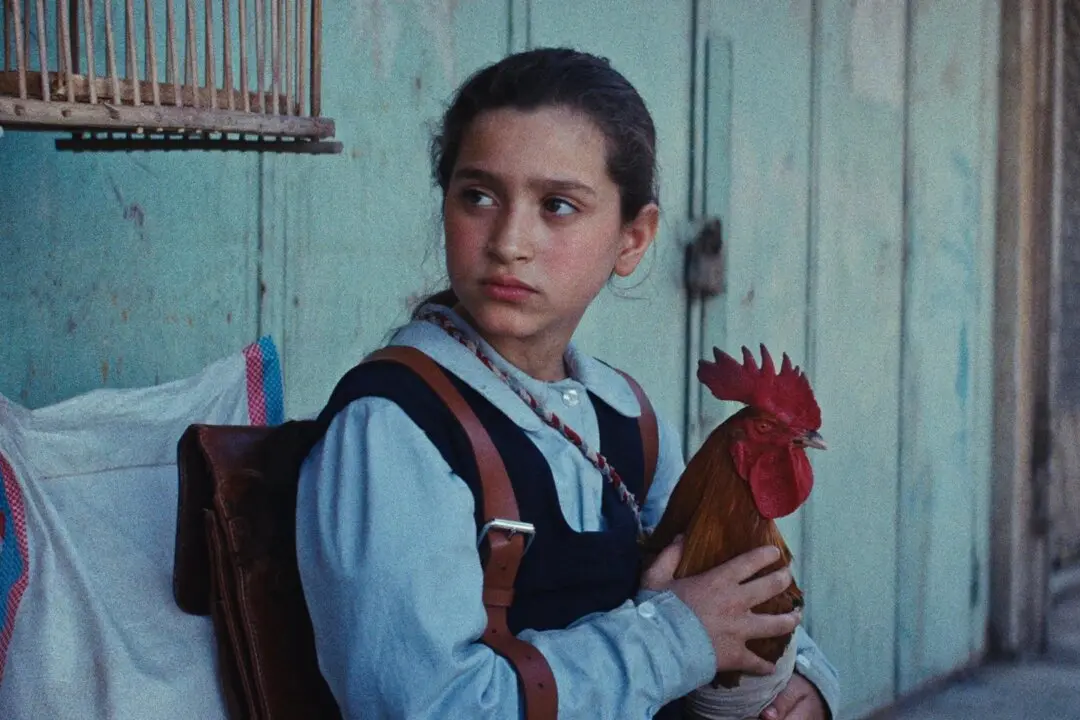Released less than a year apart, “The Spook Who Sat by the Door” and “Death Wish” could both be described as dramas of urban angst, featuring soundtracks composed by the great jazz keyboardist Herbie Hancock.
There the similarities end. “Spook” was a poorly distributed blaxploitation film about an urban uprising masterminded by an African-American hired by the C.I.A. “Death Wish,” became a summer blockbuster that spawned four sequels and a host of inferior imitators.
AMC television network marks the thirty-fifth anniversary of the 1974 original with special broadcasts throughout the month.
Although Hancock was at the height of his jazz fusion popularity at this time, his music for “Death Wish” is more traditionally cinematic and less funky than that of “Spook.” In terms of ideological implications, the two films are entire worlds apart.
“Spook” glorifies a paramilitary group not unlike the Black Panthers. “Death Wish” chronicles the conversion of an Upper Westside left-winger into a deliberate vigilante. When accused of being a “bleeding heart liberal” early in the film, Charles Bronson’s soon-to-be bereaved architect Paul Kersey replies: “my heart bleeds a little for the under-privileged, yeah.”
The original “Death Wish” is a somewhat misunderstood film. It is not simply an exercise in target practice, but a darkly brooding portrait of grief and anger. Director Michael Winner takes his time establishing Kersey’s character (at least in the original film), before indulging the audience’s appetite for vengeance. In fact, the film has a relatively modest body count, nearly reaching its halfway point before Kersey finally puts his first notch in his gun-belt.
Though not as memorable as his “Spook” themes, Hancock’s music effectively underscores the film’s action. If you know anything about “DeathWish,” you are expecting something awful to happen to Kersey’s family during the opening scenes, and Hancock’s eerie use of strings and synths heightens that uneasy tension (be advised, when the attack occurs, it is still fairly rough viewing, even by jaded contemporary standards).
Winner also perfectly captures the vibe of the gritty, grimy New York of the early 1970’s. Viewing it again should lead to greater appreciation of the City’s turnaround under Mayor Giuliani.
“Death Wish” established Bronson as a major box office draw, but also accelerated his type-casting as a squinty-eyed anti-hero. Arguably, it is a minor classic, but not a major masterwork. Somewhat unfairly dismissed due to the films which followed it, the original is worth re-evaluating in its 35th year.
Joe Bendel blogs on jazz and cultural issues at http://jbspins.blogspot.com and coordinated the Jazz Foundation of America’s instrument donation campaign for musicians displaced by Hurricane Katrina.




